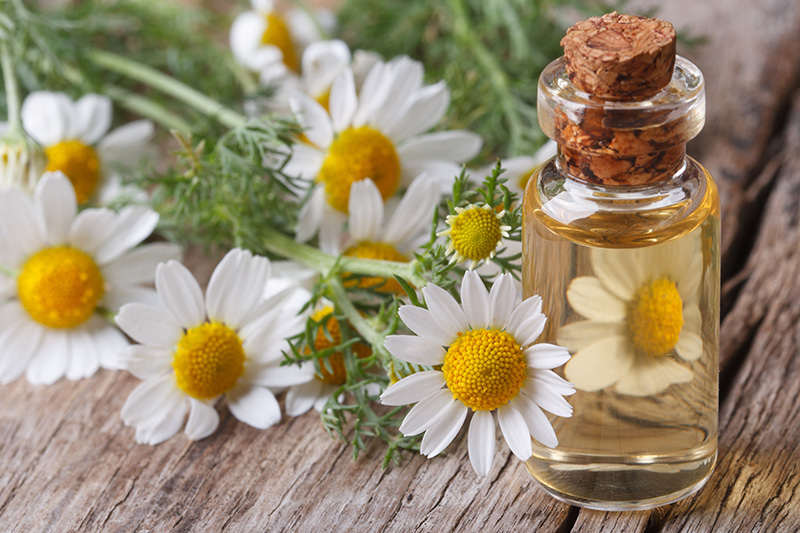Tulip trivia uncovered: 7 facts you should know
Posted on 17/08/2025
Tulip Trivia Uncovered: 7 Fascinating Tulip Facts You Should Know
Tulips are among the world's most beloved and iconic flowers, celebrated for their vibrant colors and rich history. With springtime blooms that transform fields into dazzling tapestries, tulips have charmed gardeners and flower enthusiasts for centuries. But how much do you really know about these floral wonders? In this article, we uncover seven surprising tulip trivia facts that promise to broaden your knowledge and deepen your appreciation for this remarkable flower.

1. The Surprising Origins of the Tulip
While many people associate tulips with the picturesque fields of the Netherlands, tulips originally hail from Central Asia. These hardy blooms first grew wild on the slopes of the Tien Shan and Pamir Mountains, spanning regions that are today part of Kazakhstan, Uzbekistan, and Afghanistan.
Turkish sultans adored tulips as early as the 10th century, cultivating them in the imperial gardens of the Ottoman Empire. Their popularity continued to grow, and by the 16th century, merchants and travelers brought tulip bulbs to Europe -- changing horticultural history forever.
Key Points:
- Tulips are not native to Holland; their origins trace back to Central Asia.
- The word tulip derives from the Persian word "dulband", referring to a turban, which the flower's shape resembles.
- Ottoman gardens cultivated hundreds of tulip varieties long before Dutch tulip mania.
2. Tulip Mania: The First Economic Bubble
When discussing tulip trivia, one cannot overlook the historic phenomenon known as Tulip Mania. In the early 1600s, as the Dutch embraced tulips for their rare beauty, the value of certain tulip bulbs skyrocketed -- often exceeding the price of houses!
By the winter of 1636-1637, tulip bulbs were being traded on stock exchanges. At the bubble's peak, a single "Semper Augustus" bulb could fetch the equivalent of a skilled artisan's annual salary! But inevitably, the bubble burst, and many traders faced financial ruin.
Did You Know?
- The collapse of Tulip Mania is considered by historians as one of the first recorded instances of a financial bubble.
- Tulip contracts were often traded based on future harvests, leading to rampant speculation.
- Despite the economic fallout, tulips remained highly esteemed in Dutch culture.
3. The Science Behind Tulip Colors
Tulips dazzle with their variety of hues, from pure whites and creams to yellows, oranges, reds, pinks, purples, and even blacks. But have you ever wondered what gives tulips their stunning colors?
Tulip colors are produced by natural pigments called anthocyanins (which create reds, blues, and purples) and carotenoids (responsible for yellows and oranges). The combination and intensity of these pigments determine the flower's final appearance.
Intriguing Details:
- 'Black' tulips, like the famed Queen of Night, are actually very deep purple rather than true black, as no pigment produces a genuinely black flower.
- The famous "broken tulip" patterns of the 17th century were caused by a virus, creating beautiful feathered and striped effects in the petals, though this weakens the plant.
- The search for a pure blue tulip continues, but as of today, no truly blue tulip cultivar exists.
4. Tulips in Art, Literature, and Culture
From paintings to poetry, tulips have left a vivid mark on global culture. Dutch artists, such as Jan Brueghel the Elder and Jacob Marrel, immortalized tulip arrangements in their masterpieces. In Turkish culture, the tulip became a symbol of paradise on Earth -- the hourglass shape even inspired the traditional tulip-shaped tea glasses.
In literature and folklore, tulips often symbolize declaration of love, rebirth, and the arrival of spring. Their fleeting blooms have also been linked to the theme of life's transience.
Cultural Highlights:
- The 17th-century Dutch "tulip book" catalogued rare varieties and inspired artists across Europe.
- During the Ottoman period, the "Tulip Era" (1718-1730) signified a time of peace, prosperity, and artistic flourishing in Turkey.
- Many nations feature tulips in their stamps, coins, and tourism branding.
5. The Modern Tulip Industry and Festivals
The tulip is now inextricably tied to the Netherlands, which remains the epicenter of the modern tulip industry. The Dutch export billions of tulip bulbs worldwide and host some of the most spectacular tulip festivals annually.
In the famous Keukenhof Gardens, over 7 million tulip bulbs bloom each spring, drawing more than one million visitors from around the globe. Canada's capital, Ottawa, holds the Canadian Tulip Festival each May, in commemoration of the nation's role in liberating the Netherlands during World War II.
Festival Fun Facts:
- Over 1,500 different tulip varieties are grown in the Netherlands alone.
- The Aalsmeer Flower Auction near Amsterdam is the largest flower market in the world, with tulips as its top export.
- The Skagit Valley Tulip Festival in Washington State is one of North America's premier spring events, drawing hundreds of thousands of visitors each year.
- Many cities now host tulip festivals with vibrant parades, art installations, and garden tours celebrating these iconic blooms.
6. How to Grow and Care for Tulips
Keen on bringing the marvel of tulips to your own garden? Here's some expert tulip care trivia every gardener should know:
- Plant tulip bulbs in autumn -- ideally 6-8 weeks before the first hard frost.
- Tulips prefer well-drained soil and a sunny (or partly sunny) location.
- Plant bulbs at a depth of two to three times their height, with the pointed end facing up.
- Water the planting bed thoroughly after planting, but avoid soggy soil to prevent rot.
- Remove the flower heads once blooms fade to prevent seed formation, channeling energy back to the bulb.
- Allow foliage to die back naturally before removing, as this process nourishes the bulb for next year's bloom.
Advanced tip: For perennial blooms, choose species or wild tulip varieties, as hybrid tulips may not reliably return year after year in some climates.
7. Surprising Uses and Symbolism of Tulips
Beyond their beauty, tulips have surprising uses and symbolism that set them apart from other garden flowers.
- Edible blooms: Tulip petals are not poisonous and can be used as colorful garnishes in salads or desserts. In fact, during World War II's "Hunger Winter," Dutch families resorted to eating boiled tulip bulbs to survive food shortages (note: only certain types are safe after proper preparation).
- Symbolic meanings: Tulips represent perfect love, charity, and rebirth. Different colors carry unique symbolic messages; for example, red tulips are a declaration of love, yellow represents cheerfulness, and white stands for forgiveness or purity.
- Medicinal and cosmetic uses: Historic herbal medicine sometimes used tulip petals for their purported soothing qualities, although modern evidence for medicinal benefits is limited.
Fun fact: NASA even conducted experiments with growing tulips in space to help understand how plants grow in microgravity environments!
Conclusion: Tulip Trivia for Flower Lovers
From their wild Central Asian beginnings to their role in economic history and global festivals, tulips have a story that's as colorful as their petals. Knowing these seven tulip trivia facts adds new depth to your appreciation of this beloved bloom, whether you're admiring a single flower or wandering through endless spring fields.
So the next time you spot the vibrant face of a tulip poking through the ground, remember the centuries of art, culture, commerce, and wonder behind its elegant bloom. Whether you're a gardening enthusiast or a lover of history, tulips continue to captivate and inspire, season after season.

Frequently Asked Questions About Tulips
What is the rarest tulip?
The legendary "Semper Augustus," famed during Tulip Mania, is among the rarest and most valuable tulips in history, but today's rarest might be unique cultivars or wild species from Central Asia.
How long do tulips bloom?
Most tulips bloom for 1-2 weeks in spring. Staggering different varieties can prolong the spectacle throughout the season.
Can tulips grow indoors?
Yes, tulips can be forced to bloom indoors using potted bulbs and a period of cool dormancy in a refrigerator before being brought to room temperature.
How many tulip species are there?
There are around 75 wild species and over 3,000 registered tulip cultivars worldwide, showcasing an enormous variety of shapes, colors, and patterns.
Discover More About Tulips
We hope you enjoyed uncovering these seven surprising tulip trivia facts. If you'd like to learn more, explore topics on historic tulip varieties, gardening tips, tulip symbolism, and the role of tulips in global culture -- and share your own tulip stories with us!
Tulip trivia uncovered: every garden holds a secret waiting to bloom!
Latest Posts
Fresh Flower Ideas for a Memorable Birthday Delivery
Reveal the enchanting mysteries of sunflowers beyond the surface
Sustain the enchanting allure of your cut flowers






